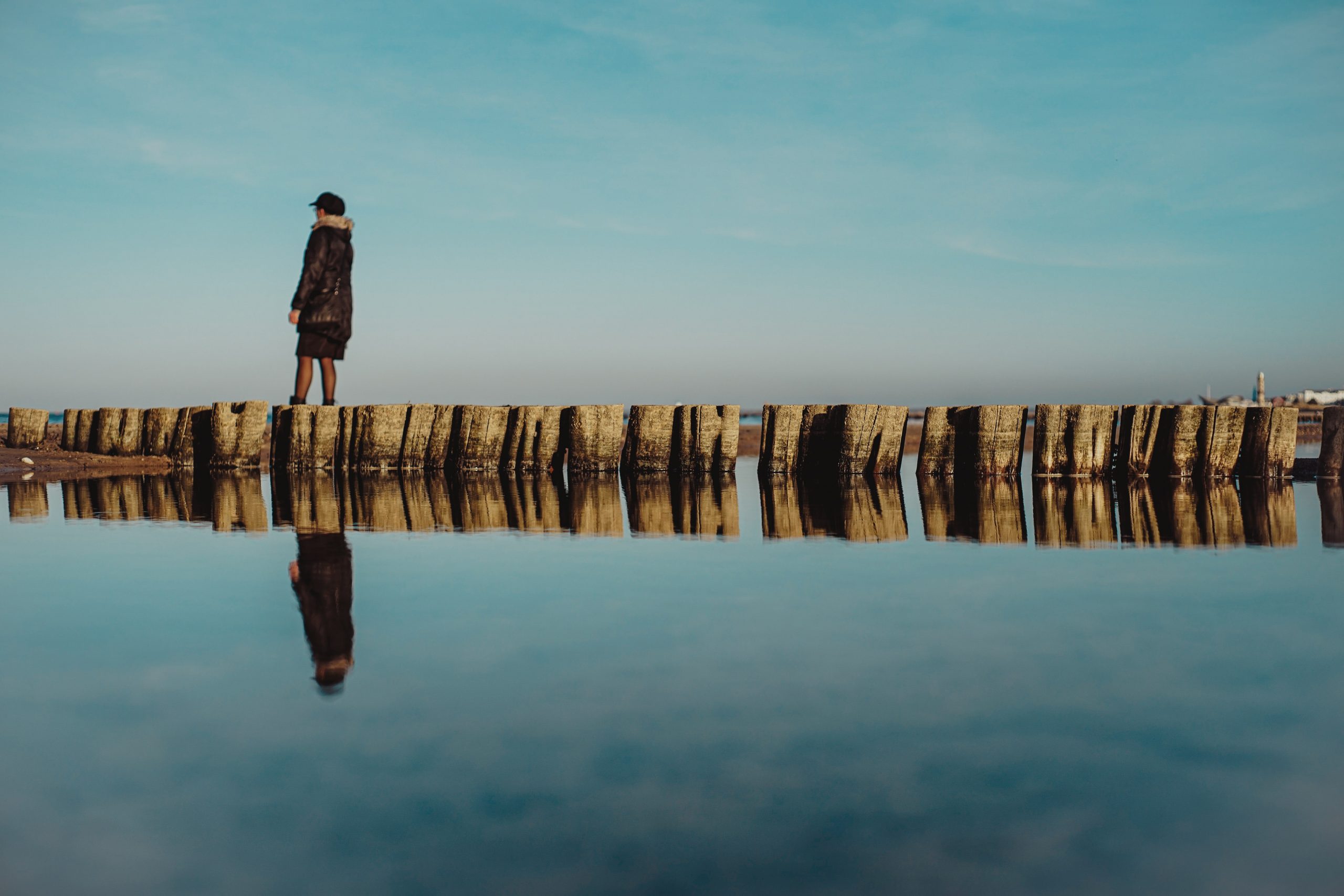No two places are alike in Mecklenburg-Vorpommern: On the one hand, there is the magnificent coastline that stretches all the way from Boltenhagen to the islands of Rügen to Usedom with its sandy, sometimes rocky, beaches and bustling tourist destinations such as Binz or Warnemünde whereas on the other hand, there are also the more ‘casual places’ where the majority of MV’s people live – be it in the cities large (such as Schwerin) or small (such as Neukloster) out on the countryside.
However, when focusing on MV’s most populated city, Rostock, contrasts involuntarily emerge with boroughs as largely dissimilar as they possibly could be. The interconnection via tram, suburban train, bus and even ferry is basically the only thing the disparate quarters of Rostock have in common. Even some boroughs that might appear similar demographically, such as Warnemünde and Gehlsdorf, where you find most of Rostock’s villas, and houses near the waterfront, in fact, are not that similar at all:
Gehlsdorf is much calmer than Warnemünde, located on the other side of the Warnow, with a large park following the river’s bends and turns. It can be best reached by ferry or bus, but if you’re in for a relaxing walk or a more sporty and active cycle trip, it is not too far away from the city centre either.
Warnemünde, however, is not as wide-stretching as Gehlsdorf. In contrast, it feels rather bunched together with many smaller houses, little shops, tiny gardens (if any at all) and building-wise, much older than Gehlsdorf. While both are located near the water, Warnemünde’s iconic and often praised (and rightfully so!) harbour continuously sees large freighters, or passenger ferries coming in, whereas Gehlsdorf’s harbour is actually not a harbour at all, but more of a pier where much smaller sailing boats are launched.
Warnemünde has been significantly commercialised in the last decades; Gehlsdorf has been as well, but much differently. Warnemünde has seen ever more cruise ship arrivals, hence much more tourists year after year – especially in the touristic rush hour of the summer months, it feels hectic – one might even say ‘chaotic’ – but Gehlsdorf has expanded in the medical sector, largely benefiting from its calmer, greener location – and it shows.
Both boroughs are so similar, yet so dissimilar, making them unique in their very own way. What they do have in common, however, is their affinity to inviting to extensive strolls along the waterfront to enjoy lovely Rostock sunsets, or simply relaxing after an intensive shopping trip through Lange Straße.
Most people always think of touristic Warnemünde when they think of going for a nice and long walk – but you might just as well consider the not-so-touristic Gehlsdorf the next time.

